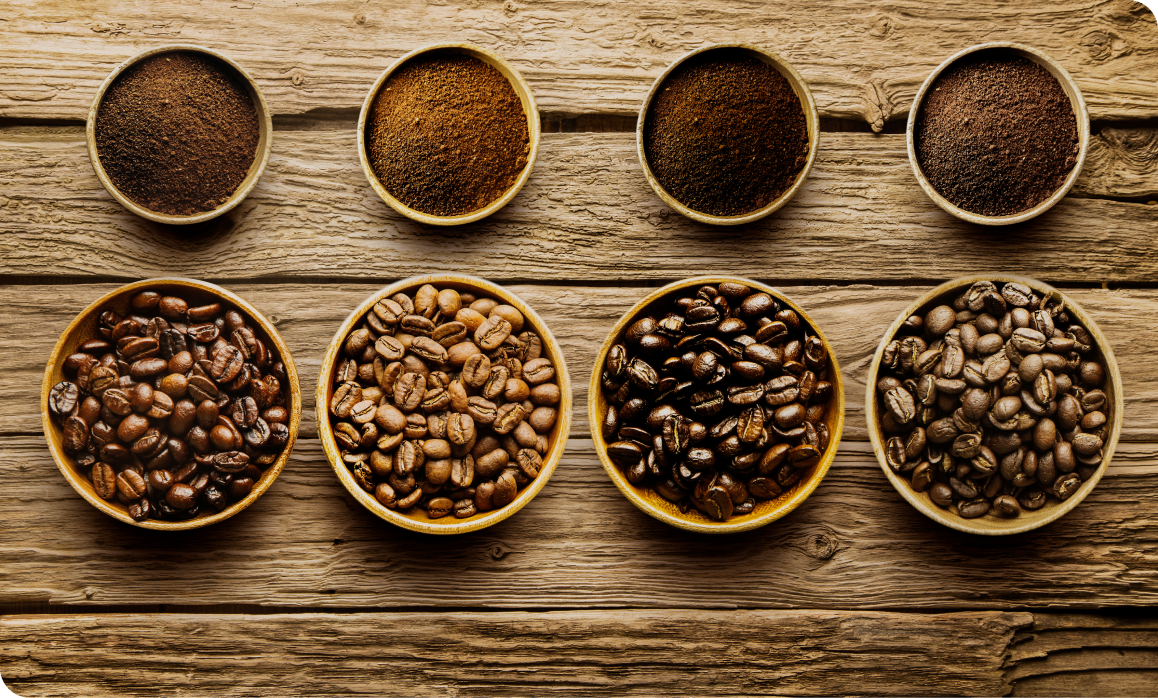Coffee and headaches: is there a correlation?
Both ally and shield, but also possible trigger: between coffee and headaches there is not a simple, univocal relationship. Let us find out what science says on the subject.

- Coffee and headaches have a pretty complex relationship, in which subjectivity plays a major role.
- There are different forms of headaches. The causes can be genetic, biological or triggered by external stimuli.
- Coffee, by itself, does not contribute to headache relief. Moderate consumption, however, would help provide relief.
- Coffee can trigger headaches in some people and under certain conditions. And watch out for the "weekend factor"...
No more simplifications
There is a complex relationship between the duo that is coffee and headaches. Some people drink a cup of coffee to get rid of their headaches. Others, on the other hand, if they follow the same practice, almost feel an increase in pain. As this is a crucial topic, be wary of simplifications as they can be misleading. There are, for example, various types of what we commonly, but improperly, call "headaches". Here we present a deep dive on the subject, analyzing, in light of various scientific studies, the relationship between coffee and headaches.

(Re)identifying headaches
Before talking about the relationship between coffee and headaches, it is good to specify that, as anticipated, headaches are not all the same. This form of localized pain falls under the macro category of cephalea, which, in turn, is divided into primary and secondary types.
- Primary cephalea (or headaches) include the most frequent forms of migraine and tension-type headache. In other words, the classic headache.
- Then there are secondary headaches, i.e. headaches caused by head trauma, cervical or vascular disorders, to name a few examples.
The causes of headaches can be genetic, biological or triggered by external environmental stimuli. This then results in different forms of pain. The pain can be more or less intense, localized in one point or spread throughout the head, and even associated with other disorders. It can also occur occasionally or chronically. In many cases, it also tends to affect normal daily activities and, more generally, a person’s lifestyle.

The role of caffeine
In order to treat headaches, one typically resorts to tablets with analgesic action that have the precise purpose of relieving pain. These remedies already contain, in minute quantities, caffeine. This is a first indication that there is a link between coffee and headaches.
Moderate consumption of coffee, better if bitter, would contribute to further relief from one’s headache. Coffee, in fact, is able to counteract the dilation of blood vessels that causes migraines. According to a study¹, 130 mg of caffeine is a useful adjuvant in the treatment of common headaches. Contributing to this finding is the fact that caffeine facilitates medicine absorption - as it is transferred into the bloodstream rather quickly.

When coffee can lead to headaches
Regarding the correlation between coffee and headaches, scientifically relevant data shows that coffee alone does not contribute to headaches. The muscular-tensive cephalea, in fact, does not depend on a pathology, but on an unhealthy lifestyle, caratterizzato dacharacterized by:
- incorrect diet;
- lack of rest;
- stressful conditions.
In such conditions, the consumption of coffee could then escalate the development of headaches. A similar conclusion was reached by an international study² on one hundred people suffering from episodic headaches. The analysis showed that drinking 1 or 2 cups of coffee a day is likely to become more of a headache trap than a benefit.
Key words? Caution and moderation
When speaking of the correlation between coffee and headaches, it is appropriate to underline one thing. In a previous article we pointed out that, according to scientific evidence, it is not true that coffee is bad for you . Science suggests a moderate intake of the beverage, without exceeding the recommended doses and as part of a healthy and balanced diet. As recommended by the Healthy Eating Guidelines, daily caffeine intake in a healthy adult should not exceed 400 mg. Paying attention to other possible sources of caffeine, 4-5 cups cover the maximum expected daily caffeine requirement. Moderation on the one hand, caution on the other hand, plus personal examination of one's own habits. From this point of view, scientific evidence shows that drinking too much coffee for a certain period and then stopping suddenly could trigger headaches. An example? The mere fact of not consuming coffee on weekends, after having drunk several during the working week, may contribute to the onset of some disorder.

Caffè a perdere: incipit vincente
Si arriva, quindi, al terzo passaggio essenziale con una Moka nuova: cosa fare per farle “assaggiare” l’odore del caffè? Il classico consiglio della nonna è quello che, effettivamente, fa la differenza. Si tratta, in sintesi, di preparare tre caffè a perdere:
- si riempie la caldaia di acqua, a temperatura ambiente, fino al bordo inferiore della valvola;
- si mette un po’ di macinato nel filtro;
- a questo punto si assembla la caffettiera, ponendola sul fuoco.
Gli infusi ottenuti non vanno versati in tazzina né consumati. Questa operazione fa sì che gli oli e le cere naturalmente presenti nel macinato creino una lieve patina isolante e protettiva all’interno della Moka. Un elemento invisibile, ma di grande rilevanza per proteggere le preparazioni future. Se non per sempre, per un lungo segmento di vita.




